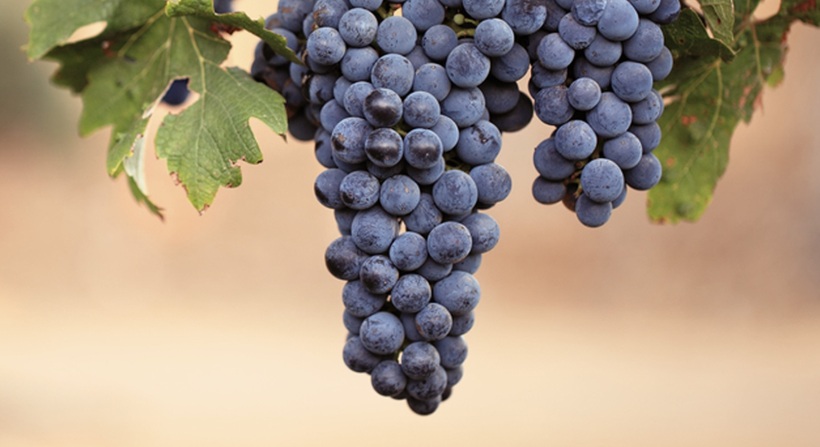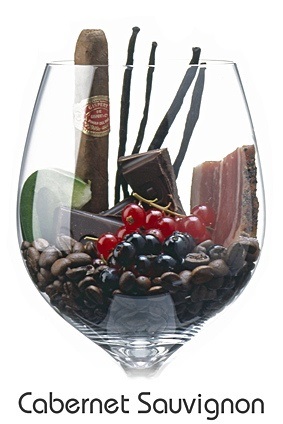Often called Auxerrois or Côt Noir in Cahors, and Pressac in other places, Malbec is a dark fruit flavorful, smoky finish, red wine made from a purple grape variety. The grapes tend to have an inky dark color and robust tannins. Malbec has been known to be blended with Merlot and Tannat grape varieties to make darker, full-bodied wines. It’s only been of recent that the Malbec grapes have been made into 100% Malbec varietal wines.
In lower elevations, Malbec grapes struggle to produce the acidity they need to create great tasting and long lasting wine. That is why higher elevated areas with a wide diurnal temperature shift are better for growing Malbec grapes, making the grapes produce more acidity. The Malbec grape grows well in a variety of soil types, particularly in limestone based soils, where it produces its most dark and tannic manifestation. Even though it may grow well in a variety of soils, it is very susceptible to various grape diseases and viticultural hazards. The most common diseases and hazards are: frost, coulure, downey mildew, and rot. Because of this, the grape became less popular in Bordeaux after 1956 when frost killed off 75 percent of the crop. The Cahors vineyards were hit by the same frost, but Malbec was later replanted and continued to be popular in that area.
Malbec is most popularly grown in Argentina, where it produces a softer, less tannic variety of wine. It is also grown in Chile, Washington State, the Rogue and Umpqua regions of Oregon, Australia, New Zealand, South Africa, Brazil, British Columbia, the Long Island AVA of New York, Oregon, southern Bolivia, northeastern Italy and recently in Texas and southern Ontario, Virginia, and in the Baja California region of Mexico.
Malbec is usually aged for five to ten years, and is best served in a Bordeaux wine glass at a temperature between 60 to 64 degrees F.
Flavors:
The main fruit flavors in a glass of Malbec are: blackberry, plum and black cherry. Other pronounced flavors are pomegranate, raspberry, blueberry, milk chocolate, cocoa powder, violet flowers, leather, and, depending on the amount of oak aging, a sweet tobacco finish.
Pairings:
Because Malbec does not have a super long finish, it is great with leaner red meats. It also pairs well with dark meat poultry, beef brisket, duck, chicken leg, lamb, beef, ostrich, buffalo, and pork shoulder.
Malbec pairs well with earthy or smoky flavors, so when you’re marinating your meat or adding a little spice to your food use flavors like: parsley, sumac, thyme, rosemary, porcini powder, smoked paprika, black pepper, cumin, coriander, juniper berry, clove, vanilla bean, garlic, shallot, green onion, or barbecue sauce.
When pairing with cheese, look for funky, rich, or soft to semi-firm cow’s and goat’s milk cheeses.
Looking for a healthy side dish for that entree? Mushroom, roasted vegetables, green and red bell pepper, potato, arugula, kale, chard, grilled endive, onion, beet, tempeh, lentils, black beans, and rice pair well with Malbec.
Feature image courtesy of http://michaelolivier.co.za/archives/31390



